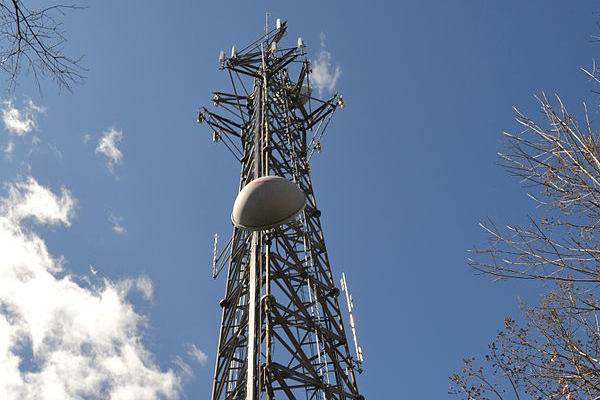Image: Wikimedia Commons
Blog Editor’s Note: Mr. Jens Hoxmark is an electronics engineer and long time RNT Foundation member.
We very much appreciate our members sending thoughtful pieces like this to share with the community.
5G and eLoran – A Diverse, More Resilient Timing Architecture
By Jens Hoxmark, Arendal, Skarestrand, Norway
Combining technologies that have much different characteristics can often be an effective way to improve and protect both.
I was reminded of this when reviewing Helmut Imlau’s conference paper and presentation to ISPCS 2019, in Portland, Oregon, USA.
His presentation discussed the wide area timing accuracy requirements for the emerging 5G telecom network. Requirements for 5G are especially important in Norway as 5G telecoms also been designated to carry emergency-communications in the not-too-distant future.
If the 5G network can carry this kind of timing/sync accuracy, then, when operational, it can contribute a lot to provide integrity and accuracy when it comes to eLoran, a terrestrial navigation and timing system now operating in Russia and China, but being considered by other nations.
At the same time an eLoran network can broadcast essential information if the 5G solution becomes unavailable or the user is outside range of the-network. eLoran could also be used to transmit “test-vectors” for the 5G network, and make sure that various nodes and equipment are operational.
eLoran and 5G telecom are very dissimilar when it comes to frequency and power level. This means that combining the two would make both more effective and robust.
Creating more effective and robust architectures with dissimilar systems is certainly not a new idea. For example, Dr. Gene McCall, former Chief Scientist for Air Force Space Command, has long advocated for focusing first on overall architectures:
“… the issue associated with assuring Position, Navigation, and Timing is NOT one of building backup systems to augment the GPS, BUT, rather, one of designing and building a reliable overall PNT architecture.”
In a 2017 presentation to the US PNT Advisory Board Dr. McCall again warned against stove-piped thinking and advocated for an improved architecture for positioning, navigation, and timing using three very dissimilar systems – GPS, eLoran, and inertial sensors.
The US Department of Transportation is currently evaluating technologies for a timing system to backup and complement signals from GPS. Let’s hope they take an “architecture view” that includes systems that will certainly be extant, like 5G telecoms.
Then let’s home hope they decide on a system that adds as much diversity and robustness to America’s timing architecture as possible.
The rest of the world will be watching.


